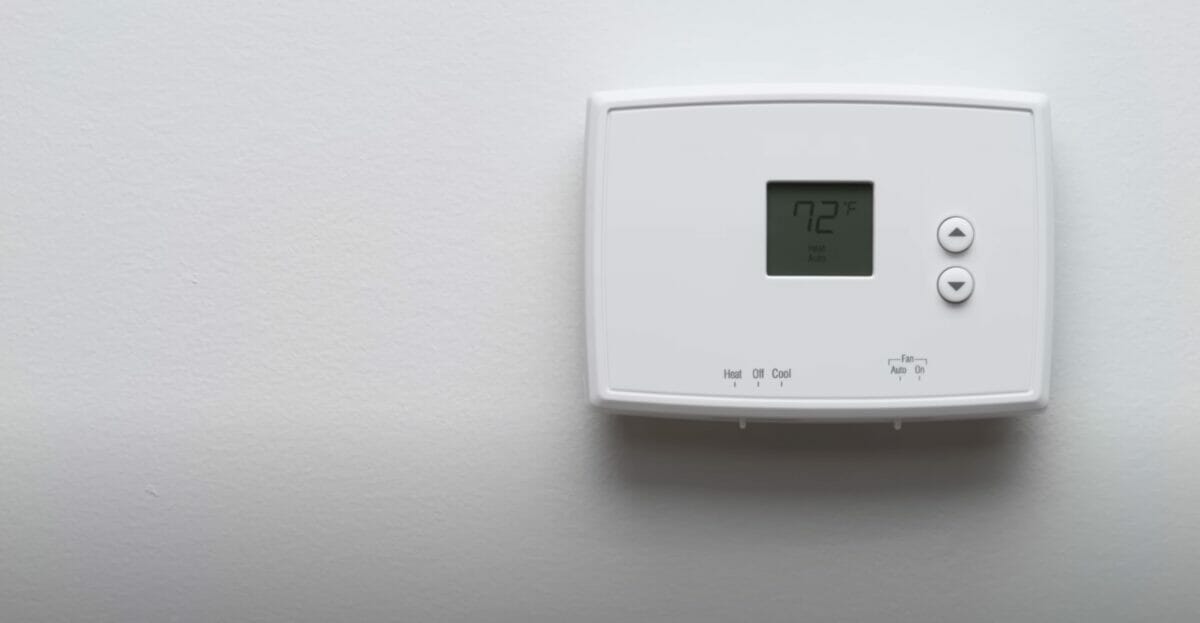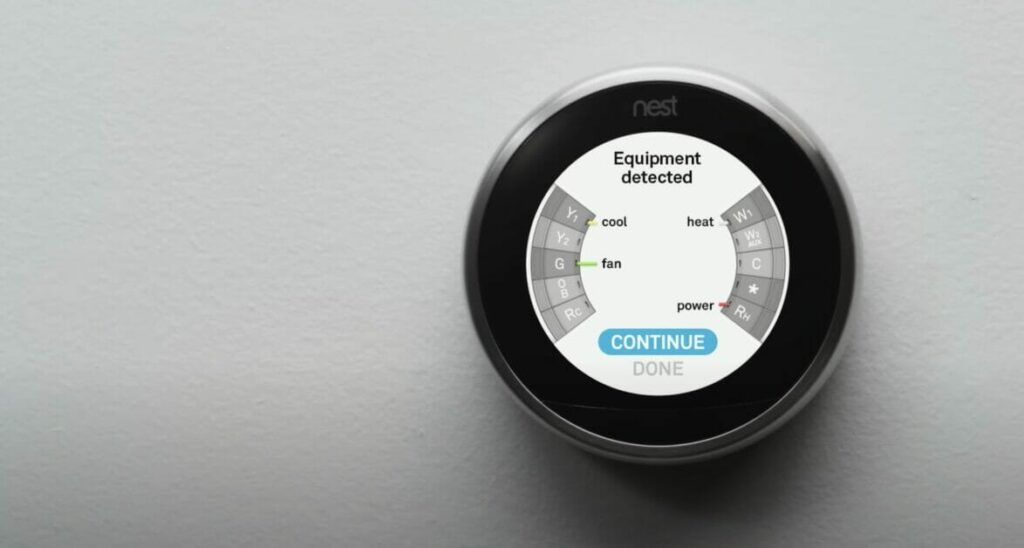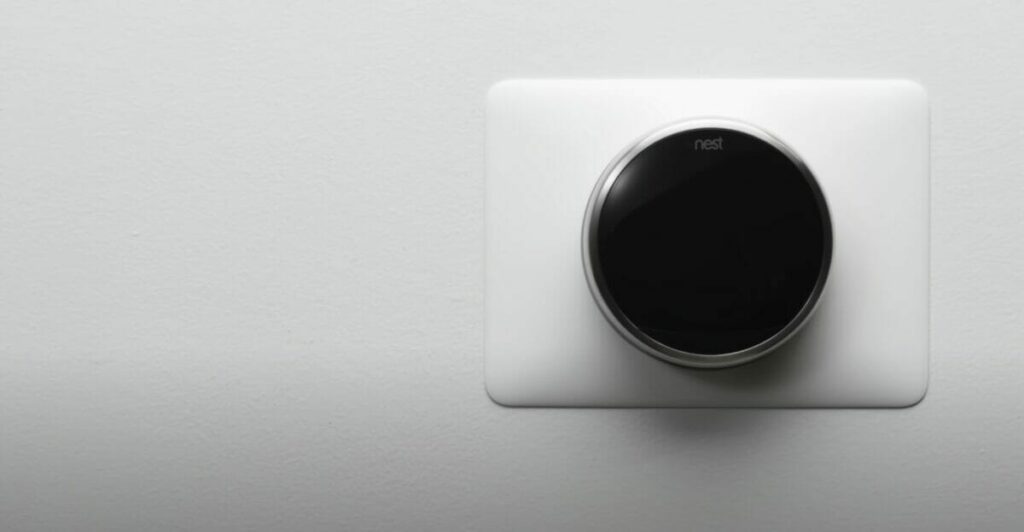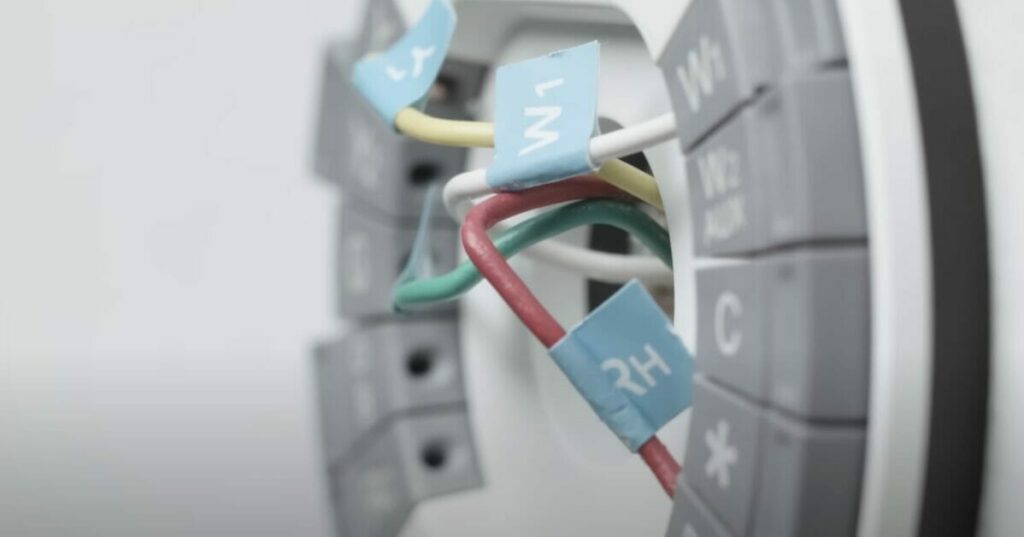What is RH Wire on Thermostat? (Decoding its Function)

Ever scratched your head in confusion over that funny little thing called the ‘RH wire’ on your thermostat? You’re not alone! I’ll tell you this; it’s more than just a random red wire. It’s a very important part of how your HVAC system functions.
The “RH” in a thermostat’s Rh wire is “Red-Heating.” This wire, usually red, is a key part of the thermostat wiring that directly controls the home’s heating system by transmitting power from the heater to the thermostat.
Before you get overwhelmed thinking we’re about to dive into some heavy-duty tech talk, don’t worry! I promise to keep it simple and relatable. So buckle up as we explore what the RH wire is all about!
Unraveling the Mystery: What is a Thermostat’s RH Wire?

So what exactly is an RH wire? Simply put, it’s a red wire that powers the heating in your home. The ‘R’ stands for ‘Red,’ and the ‘H’ stands for ‘Heat’. Pretty straightforward, right? But hold on; there’s more to it than just color coding!
You see, thermostats typically have multiple wires that control different functions. Here are a few common ones:
- RC Wire: This one is power cooling.
- W Wire: It controls heating.
- G Wire: It operates your fan.
- Y Wire: This one sends signals to start cooling.
Now back to our main character – the RH wire. When you’ve got separate wires for heating and cooling (like RC and RH), your system has dual transformers. This means that power comes from two different sources – one specifically for heat (from our friend RH) and another for cool air (hello, RC).
“But wait,” you might ask. “Why do we need separate wires?” Great question! If something goes wrong with either transformer – say if the cooling gives out mid-summer – having separate power sources ensures that heat will still be available during those chilly nights, or vice versa.
It is also important to note that sometimes homes only have an R wire without specifying whether it’s RC or RH. That doesn’t mean they lack functionality – they have a single transformer doing double duty.
A Deep Dive into the Anatomy of a Thermostat

Thermostats are like the traffic cops of your HVAC system, telling it when to stop and go according to the temperature you set.
Now here’s where things get interesting – ever heard of an RH wire? If not, don’t sweat it! It’s one of many wires inside your thermostat, but it plays a crucial role!
- Red Wire (Power): This is typically labeled as RH or RC on most thermostats.
- White Wire (Heat): Often referred to as W.
- Green Wire (Fan): Usually marked as G.
- Yellow Wire (Cool): Commonly seen as Y.
The RH provides power specifically for your heating system. On some thermostats, you might notice another red wire labeled RC. The RC stands for Red – Cooling, which powers your cooling system instead.
But what if there’s only one red wire? Well, that means your heating and cooling systems share power from a single source – no biggie!
Remember though, folks, while understanding all these wires can feel like conquering Mount Everest at times, safety should always be our top priority! So before you consider doing DIY wiring work at home with your thermostat, turn off ALL power connected to your HVAC systems first.
The Role of the RH Wire in Heating Systems

The main function of this wire is to provide power to the thermostat for controlling the heating system. So yeah, it’s pretty important!
But let’s dig a bit deeper here. You see, most home thermostats are wired with multiple strands, and among them, two wires are crucial for heating – R (or RH) and W. The R or RH wire, often colored red (makes sense, right?), sends power from your furnace to your thermostat.
On the flip side, when your house starts feeling like an igloo, and you crank up the heat on your thermostat, a signal whizzes down from it through another wire – typically W (for White-Heat). This, in turn, kicks off that comforting warmth we crave during chilly winters.
To give you an idea about how these two wires work together:
| Wire | Function |
|---|---|
| R/RH | Sends power from furnace to thermostat |
| W | Communicates the need for heat back to the furnace |
Pretty neat stuff, huh? But there’s more! If you’ve got both a heating and cooling system at home – lucky you – there might be a sneaky little jumper connecting RC (cooling) and RH (heating). They’re essentially just one big happy family working together to confirm you’re comfortable year-round.
Remember, folks, don’t mess around with these wires unless you know what you’re doing or have a professional handyman. We wouldn’t want any shocking experiences, now would we?
So there we have it: our good ol’ friend RH wire, diligently doing its job behind the scenes keeping us snug as bugs in rugs during those cold months!
Why Knowing About Your RH Wire Matters

Maybe you’ve wondered, “Why should I care about my thermostat’s RH wire?” Trust me; it’s more important than you might think.
The RH wire provides power to the heating component of your system. If there seems to be an issue with your heating not starting or stopping when it should, there’s a fair chance that something may have gone awry with this crucial conductor.
Understanding your thermostat and its wiring work can save you from unnecessary discomfort and unwanted expenses. For instance:
- You’ll know when to call a pro: When things go wrong, and your house starts feeling like an igloo in January or a sauna in July, knowing what each wire does can help pinpoint potential issues before calling a professional.
- DIY fixes: Sometimes, it just boils down to loose connections or dust build-up affecting performance—both manageable right at home!
- Upgrade decisions: If you’re considering smart thermostats or renewable tech like solar panels – understanding the role of different wires becomes essential for compatibility checks.
But remember! While knowledge is power (no pun intended!), messing around with electrical stuff isn’t everyone’s cup of tea—it can be dangerous if not done correctly. So don’t hesitate to reach out to professionals if need be.
In short? The humble RH wire plays quite the starring role in keeping our homes cozy and comfortable year-round. And who doesn’t love coming home to just-right temps after a long day? So next time someone asks about that ‘red’ wire—the mystery behind all that comfort—, you’ll know exactly what they’re talking about!
References
Organizations:
- American Society of Heating, Refrigerating, and Air-Conditioning Engineers (ASHRAE). https://www.ashrae.org/
- Air Conditioning Contractors of America (ACCA). https://www.acca.org/
- HVAC Excellence. https://www.escogroup.org/hvac/
Books:
- “Modern Hydronic Heating: For Residential and Light Commercial Buildings” by John Siegenthaler
- “Residential Construction Academy: HVAC” by Eugene Silberstein
- “HVAC Systems Design Handbook” by Roger Haines and C. Lewis Wilson
Websites:
- Energy.gov. https://www.energy.gov/
- HVAC.com. https://www.hvac.com/
- HVAC School. https://hvacrschool.com/
- AC Pro Blog. https://www.acprocold.com/help-and-advice/useful-a-c-guides/
Video Reference:
Google Nest
